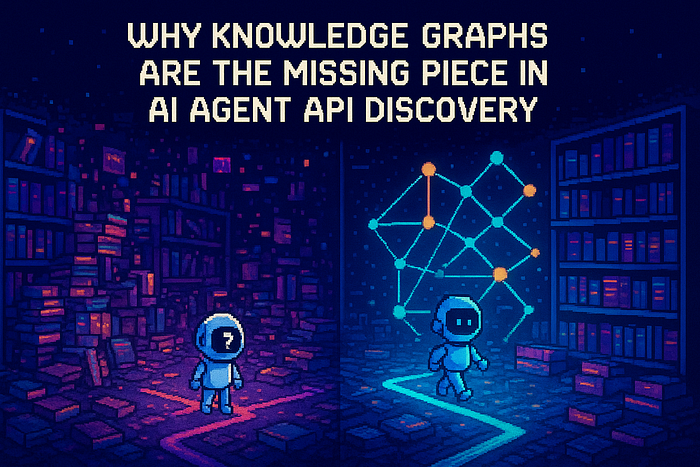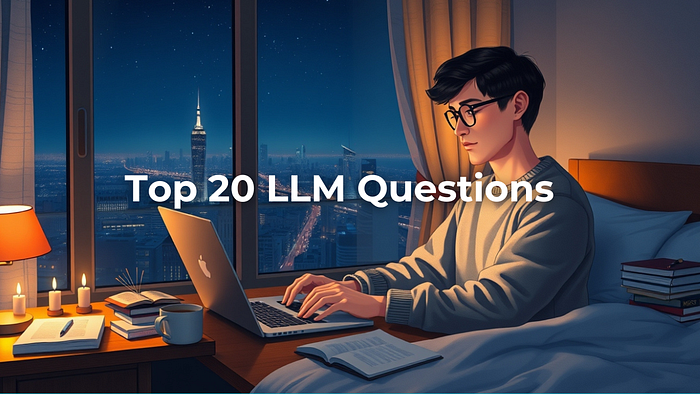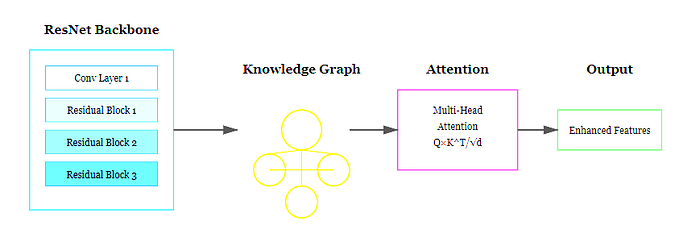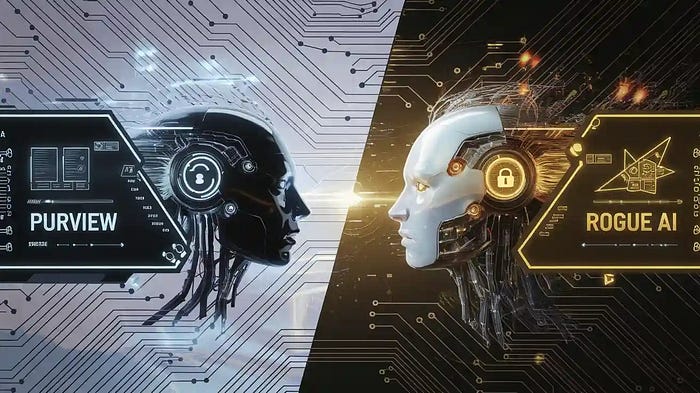#62 Will AI Take Your Job?
Author(s): Towards AI Editorial Team
Originally published on Towards AI.
Good morning, AI enthusiasts! Yet another week, and reasoning models and Deepseek are still the most talked about in AI. We are joining the bandwagon with this week’s resources focusing on whether Deepseek is better than OpenAI’s o3-Mini, how to achieve OpenAI o1-mini level reasoning with open-source models, and sharing practical tutorials on fine-tuning the DeepSeek R1 model to generate human-like responses, and more.
I will also answer one existential question that has probably haunted you: will AI take your job? So hope you enjoy the read!
What’s AI Weekly
This week in What’s AI, I want to address something thousands of you have asked, “will AI take my job?” So here are some thoughts on how different categories of human work could be impacted by LLM. This could help you decide where to focus your LLM development efforts. Their current capabilities are particularly impactful in routine, repetitive, and information-intensive tasks, while human strengths such as creativity, critical thinking, and emotional intelligence remain indispensable. Let’s dive into this in more detail. Read the complete article here or watch the video on YouTube.
— Louis-François Bouchard, Towards AI Co-founder & Head of Community
Learn AI Together Community section!
AI poll of the week!
Open source is promising, and yes, the performance gap is bridging too, but if the cost wasn’t a problem for large-scale deployment, do you think open-source, while more flexible, is more complex to deploy? Tell us in the Discord thread!
Collaboration Opportunities
The Learn AI Together Discord community is flooding with collaboration opportunities. If you are excited to dive into applied AI, want a study partner, or even want to find a partner for your passion project, join the collaboration channel! Keep an eye on this section, too — we share cool opportunities every week!
1. Jakdragonx is looking for developers, community builders, content creators, and educators for their AI-powered education platform. The platform is designed to help educators, parents, and independent learners create and manage custom courses and learning schedules. If you think you would enjoy working in this niche, reach out in the thread!
2. Jiraiya9027 wants to learn mathematical concepts and coding for GenAI models like GANs and diffusion models. They are currently looking for study partners, and if you want to focus on the math side too, connect in the thread!
3. Mongong_ is working on an intelligence framework that uses hypergraph-based AI, tensor embeddings, and adaptive reasoning to solve complex problems across domains. They are looking for collaborators for the project. If you are interested, contact them in the thread!
Meme of the week!
Meme shared by bin4ry_d3struct0r
TAI Curated section
Article of the week
Reinforcement Learning-Driven Adaptive Model Selection and Blending for Supervised Learning By Shenggang Li
This article discusses a novel framework for adaptive model selection and blending in supervised learning inspired by reinforcement learning (RL) techniques. It proposes treating model selection as a Markov Decision Process (MDP), where the RL agent analyzes dataset characteristics to dynamically choose or blend models like XGBoost and LightGBM based on performance metrics. The methodology includes Q-learning and a multi-armed bandit approach to optimize model selection while minimizing human intervention. The results indicate that the RL-driven method can outperform traditional static model selection by adapting to changing data distributions, reducing human intervention, and enhancing predictive accuracy. It also highlights the potential for future applications in automated machine learning systems.
Our must-read articles
1. Fine-tuning DeepSeek R1 to Respond Like Humans Using Python! By Krishan Walia
This article provides a comprehensive guide on fine-tuning the DeepSeek R1 model to generate human-like responses. It outlines the process of preparing a structured dataset, utilizing Python libraries such as unsloth, torch, and transformers and leveraging Google Colab for computational efficiency. It explains the importance of LoRA adapters in enhancing model responses and details the training process, including hyperparameter settings. It concludes with instructions on saving the fine-tuned model to the Hugging Face Hub, emphasizing the accessibility of fine-tuning for developers aiming to create more emotive and engaging AI interactions.
2. DeepSeek-TS+: A Unified Framework for Multi-Product Time Series Forecasting By Shenggang Li
This article presents DeepSeek-TS+, a unified multi-product time series forecasting framework that integrates Multi-Head Latent Attention (MLA) and Group Relative Policy Optimization (GRPO). The author extends MLA into a dynamic state-space model, allowing latent features to adapt over time, while GRPO enhances decision-making by refining forecasts based on previous predictions. The framework is compared to traditional ARMA models and GRU networks, demonstrating superior performance in capturing complex inter-product relationships and non-linear dynamics. It details the technical aspects of MLA-Mamba and GRPO, showcasing their effectiveness in improving forecasting accuracy and robustness in sales predictions across multiple products. Future applications in various domains are also discussed.
3. Why DeepSeek-R1 Is so Much Better Than o3-Mini & Qwen 2.5 MAX — Here The Results By Gao Dalie (高達烈)
This article compares the performance of three AI models: DeepSeek-R1, o3-Mini, and Qwen 2.5 MAX. It highlights the strengths and weaknesses of each model in tasks such as coding and mathematics. DeepSeek-R1 is noted for its superior reasoning capabilities and cost-effectiveness, while o3-Mini offers faster responses but lacks depth in reasoning. Qwen 2.5 MAX excels in multimodal tasks but struggles with size accuracy in outputs. It concludes that while o3-Mini shows promise, DeepSeek-R1 remains the preferred choice for complex reasoning and mathematical tasks due to its performance and pricing advantages.
4. Achieve OpenAI o1-mini Level Reasoning with Open-Source Models By Yu-Cheng Tsai
This article discusses DeepSeek’s R1 model and its distilled versions, designed to enhance reasoning capabilities while being more efficient. The distilled models, trained through supervised fine-tuning, maintain strong reasoning abilities despite their smaller size, making them practical for various applications. It also highlights the performance of these models in reasoning tasks and emphasizes the importance of fine-tuning with domain-specific data to improve their effectiveness in specialized contexts.
If you are interested in publishing with Towards AI, check our guidelines and sign up. We will publish your work to our network if it meets our editorial policies and standards.
Join thousands of data leaders on the AI newsletter. Join over 80,000 subscribers and keep up to date with the latest developments in AI. From research to projects and ideas. If you are building an AI startup, an AI-related product, or a service, we invite you to consider becoming a sponsor.
Published via Towards AI
Take our 90+ lesson From Beginner to Advanced LLM Developer Certification: From choosing a project to deploying a working product this is the most comprehensive and practical LLM course out there!
Towards AI has published Building LLMs for Production—our 470+ page guide to mastering LLMs with practical projects and expert insights!

Discover Your Dream AI Career at Towards AI Jobs
Towards AI has built a jobs board tailored specifically to Machine Learning and Data Science Jobs and Skills. Our software searches for live AI jobs each hour, labels and categorises them and makes them easily searchable. Explore over 40,000 live jobs today with Towards AI Jobs!
Note: Content contains the views of the contributing authors and not Towards AI.














